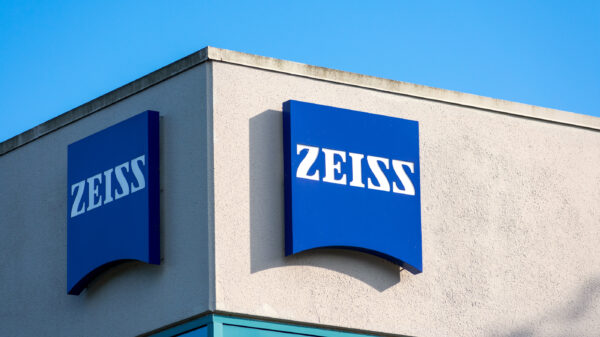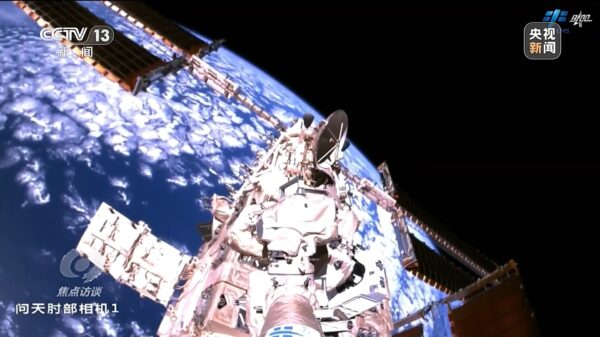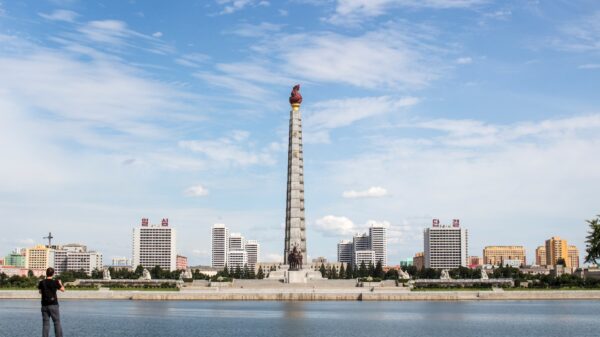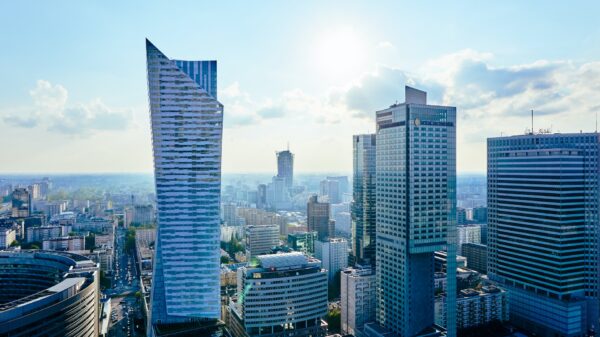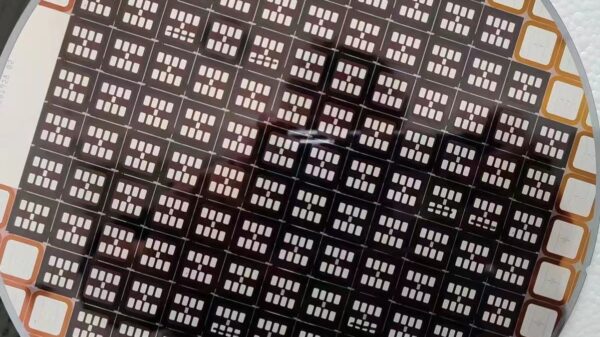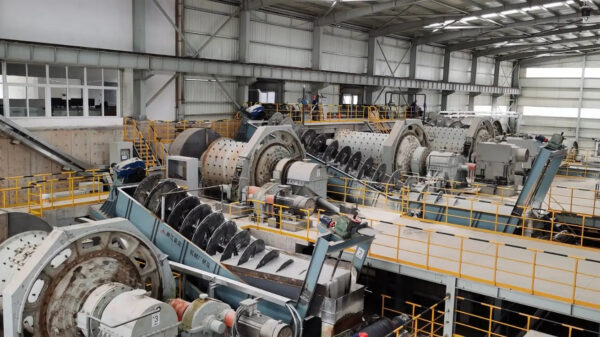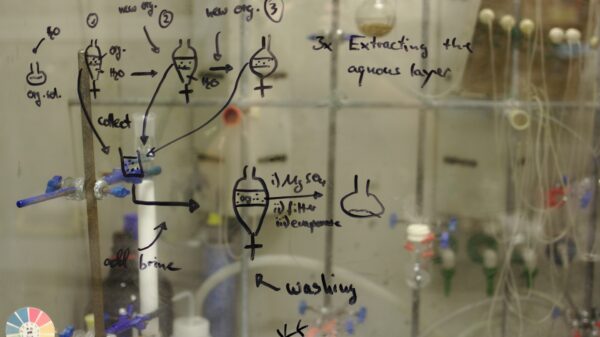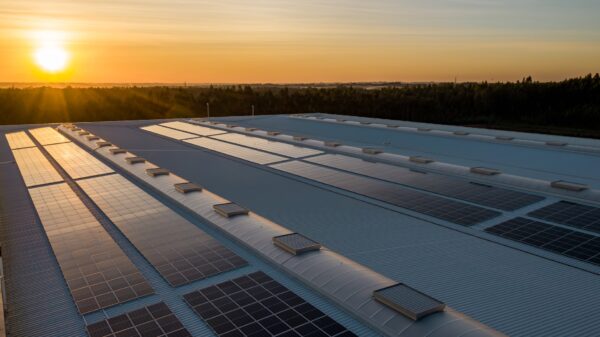In recent days, the Russian Federation has launched Kondor FKA No. 1, a novel surveillance satellite equipped with a synthetic aperture radar (SAR). As per Russian media reports, the device was successfully deployed to an orbit approximately 520 km above the Earth, with its optimal operation subsequently confirmed. The operational lifespan of this new Russian satellite is projected to be five years.
There has been a flurry of orbital activities across the globe in the past few days. In the US, SpaceX's Falcon 9 rocket successfully launched the Arabsat 7B satellite, while South Korea celebrated another Nuri launch. Russia. . .









